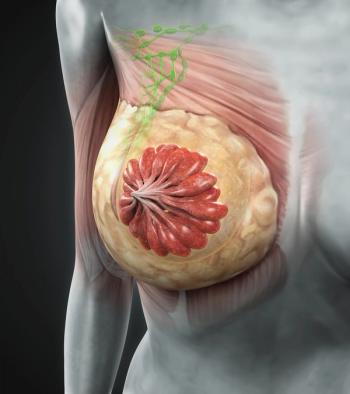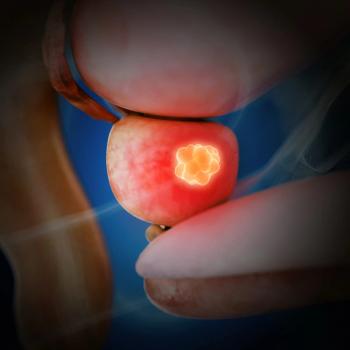
Oncology NEWS International
- Oncology NEWS International Vol 9 No 9
- Volume 9
- Issue 9
Comprehensive Eye Cancer Website Meets Needs of Both Patients and Physicians
NEW YORK-Visitors to the Eye Cancer Network (ECN) website (www.eyecancer.com) can access a wealth of information on ocular cancers, including an extensive collection of clinical photographs (see images). The site is well designed, leading visitors logically and quickly to specific information and related links. For example, a visitor seeking information on retinal tumors easily finds the topic in the Eye Conditions index, where it is subdivided into retinoblastoma, retinal pigment epithelial tumors, retinal pigment epithelial hypertrophy, and von Hippel angioma.
NEW YORKVisitors to the Eye Cancer Network (ECN) website (
Webmaster Paul T. Finger, MD, is director of The New York Eye Cancer Center, which he established; director of the Ocular Tumor Service, The New York Eye and Ear Infirmary; and associate professor of ophthalmology, New York University School of Medicine. He is also principal investigator for the Collaborative Ocular Melanoma Study, sponsored by the National Institutes of Health and National Eye Institute.
The EyeCancer Network site is designed to meet the needs of both patients and physicians. Patients can seek out information on the eye and eye conditions written for the layperson, visit a frequently asked questions section, or search for a physician in the physician finder. But they also have access to the sites wide array of clinical information, including sections on innovative treatments, NCI-funded studies, and ophthalmology meetings.
Of special interest is ECN Interactive, a bulletin board where patients can share their personal experiences in the Heart 2 Heart section, while physicians can discuss their clinical experiences in the Eye 2 Eye discussion forum.
Dr. Finger has also started the Online Journal of Ophthalmic Oncology (OJO), available on the ECN website. The journal will publish original laboratory and clinical investigations related to ophthalmic oncology. All manuscripts will be reviewed by a minimum of two specialists in ophthalmic oncology and/or related specialties, and accepted articles will be accessible to readers worldwide for a minimum of 1 year.
The Eye Care Foundation, established by Dr. Finger, is also featured on the website. The mission of this nonprofit organization is to provide up-to-date treatment information to patients and physicians, establish family and patient support programs, empower patients to find the resources they need, fund and direct research to find cures for eye diseases, and coordinate national and international prospective, randomized clinical trials to evaluate new methods of diagnosis and treatment.
Articles in this issue
over 25 years ago
Soy’s Effect on Breast Cancer Remains Uncertainover 25 years ago
STAR Enrollment Tops 6,000 in First Year of Recruitmentover 25 years ago
New rhTPO Being Tested in Three Trialsover 25 years ago
New Research Centers Target How Market Forces Affect Health Careover 25 years ago
PRIMATOM System Combines CT Scanning With Radiation Therapyover 25 years ago
Tobacco Boosts In-Store AdvertisingNewsletter
Stay up to date on recent advances in the multidisciplinary approach to cancer.





















































































